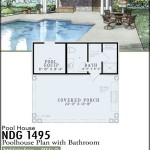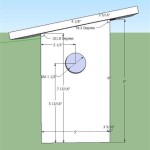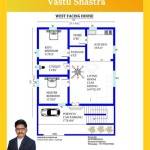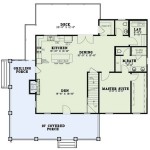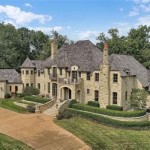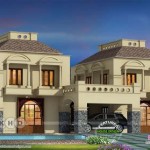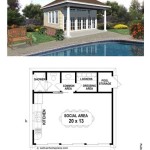Essential Aspects of Homestead House Plans
Homestead house plans are designed to create self-sufficient and sustainable living spaces. They incorporate thoughtful considerations for energy efficiency, water collection and storage, food production, and waste management. Understanding these essential aspects is crucial for designing a homestead that meets your specific needs.
Energy Efficiency
Homesteads should minimize their reliance on external energy sources. Passive solar design, which utilizes the sun's heat to warm the home, is a key element. Incorporate large south-facing windows, thermal mass (e.g., concrete floors, brick walls), and overhangs to regulate temperatures. Consider energy-efficient appliances, insulation, and renewable energy systems such as solar panels or a wind turbine.
Water Collection and Storage
Access to clean water is essential for a homestead. Rainwater harvesting is a cost-effective way to collect and store water during rainy seasons. Ensure your roof collects rainwater into gutters and downspouts leading to a storage tank. Consider additional water sources like wells or nearby ponds. Water filtration and purification systems are vital for ensuring the safety of your water.
Food Production
Homesteads aim to be as self-sufficient in food production as possible. Design your home to incorporate space for a garden, orchard, or greenhouse. Plan for raised beds, trellises, and vertical gardening techniques to maximize space. Consider livestock integration, such as chickens or goats, for additional food sources and waste management.
Waste Management
Sustainable waste management is essential for maintaining a healthy homestead environment. Utilize composting to break down organic waste and create nutrient-rich soil for your garden. Consider a greywater system to reuse wastewater from sinks and showers for irrigation. Implement a septic tank or other approved wastewater treatment system to ensure proper disposal of sewage.
Material Selection and Durability
Homestead house plans should emphasize durability and sustainability in material selection. Natural and locally sourced materials, such as wood, stone, and bamboo, are often preferred. They are eco-friendly, age well, and require less maintenance. Consider low-maintenance materials for roofing, siding, and windows to minimize repairs and replacements.
Layout and Functionality
Homestead house plans require careful planning to accommodate multiple functions. Include dedicated spaces for food storage, processing, and preservation. Design a kitchen that is efficient and well-equipped for cooking and preparing meals. Consider a pantry or root cellar for long-term food storage. The layout should also promote natural ventilation and cross-breezing for comfort and energy efficiency.
Additional Considerations
Other factors to consider when designing a homestead house plan include:
* Safety and Security: Incorporate features such as storm cellars, secure windows, and motion-activated lighting for protection. * Storage: Plan for ample storage space for tools, equipment, and supplies. * Accessibility: Ensure your home is accessible for all family members and visitors. * Community: Consider the possibility of communal spaces or shared resources with neighboring homesteads.By carefully considering these essential aspects, homestead house plans can create sustainable, self-sufficient, and comfortable living spaces that enhance your connection with the natural world.

Homestead House Plan Country Farmhouse

Homestead House Plans And Designs That Are Captivating Rural Living Today

Homestead House Plan Country Farmhouse

House Plans N Homestead Google Search Country New

The Build As You Grow Homesteader Homestead House Plans

Homestead House Plan Country Farmhouse

Passive Solar House Plans For Our Off Grid Homestead Byexample Com
Homestead 2400 Mueller Inc
Homestead 1200 For Mueller Inc

Creative House Plans Model Hc 540 Upper Floor Plan

